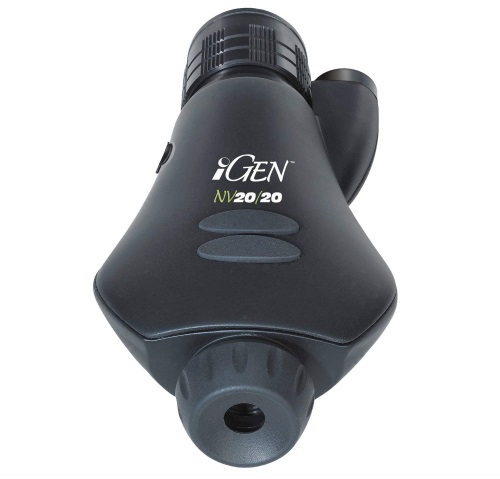

- #NIGHT OWL NIGHT VISION MONOCULAR BATTERY INSTALL#
- #NIGHT OWL NIGHT VISION MONOCULAR BATTERY SERIES#

In other models, even within the same brand (for example, the Nikon ProStaff 7S), this focusing issue was less noticeable, and they performed well in this regard. With binoculars you want a happy medium that focuses fast but allows for granular accuracy.

Less rotation between silence and loudness means you can get between the extremes quickly, but you may not be able to get to precisely the level you want on the other hand, a volume knob with too much rotation takes forever to adjust. Battery life: 1.5 hours with illuminator Off 1 hour with illuminator On 10. Power: one 18650 rechargeable lithium battery or two RCR 123A batteries.
#NIGHT OWL NIGHT VISION MONOCULAR BATTERY SERIES#
This sounds confusing, but it makes sense if you think of a focusing knob the way you might a volume control. PRESMA Owl Series Digital Night Vision Monocular is part of a series. The monocular has an infrared intensity control that extends your battery life and gives you a crisp image with high contrast. Some models, like the Nikon ProStaff 5, focused very quickly, but that often translated to loss of detail at distance, or basically, the smooshing together of anything more than a couple hundred feet away into one focusing position. It smoothly and accurately adjusts across a wide range of focal depths.
#NIGHT OWL NIGHT VISION MONOCULAR BATTERY INSTALL#
One of the best features of the Athlon Midas ED was the ease and precision of adjusting the focus. There is nothing to assemble with this unit before using it but you will need to purchase and install a 123 lithium battery for it because it is not included in. These field-of-view differences proved more noticeable when I was trying to differentiate spot-breasted wrens from rufous-and-white wrens as they crawled through vine tangles in southern Mexico, for example the Nikon pair’s narrower field, which had otherwise excellent glass, seemed to require more time to find the birds than the Athlon Midas ED did (and tellingly, by the end of the trip, I was grabbing the Athlon pair each morning). The Carson 3D binoculars were impressively sharp and easily as bright as the Athlon set, but they felt almost as if they had tunnel vision, likely because their field of view was around 20 percent narrower than that of the Athlons. The Nikon was 361 feet at 1,000 yards versus 426 feet for the Athlons, Bushnells, and Celestrons, which had the widest fields of view of the models I tested. Neither the Nikon nor the Carson model had the wide field of view at distance that the Athlon Midas ED boasted. During testing in Southern California and southern Mexico, a few other models-including the Bushnell Legend L Series, Celestron TrailSeeker, Carson 3D, and Nikon Monarch 5-proved very good at bringing in color under harsh conditions.


 0 kommentar(er)
0 kommentar(er)
